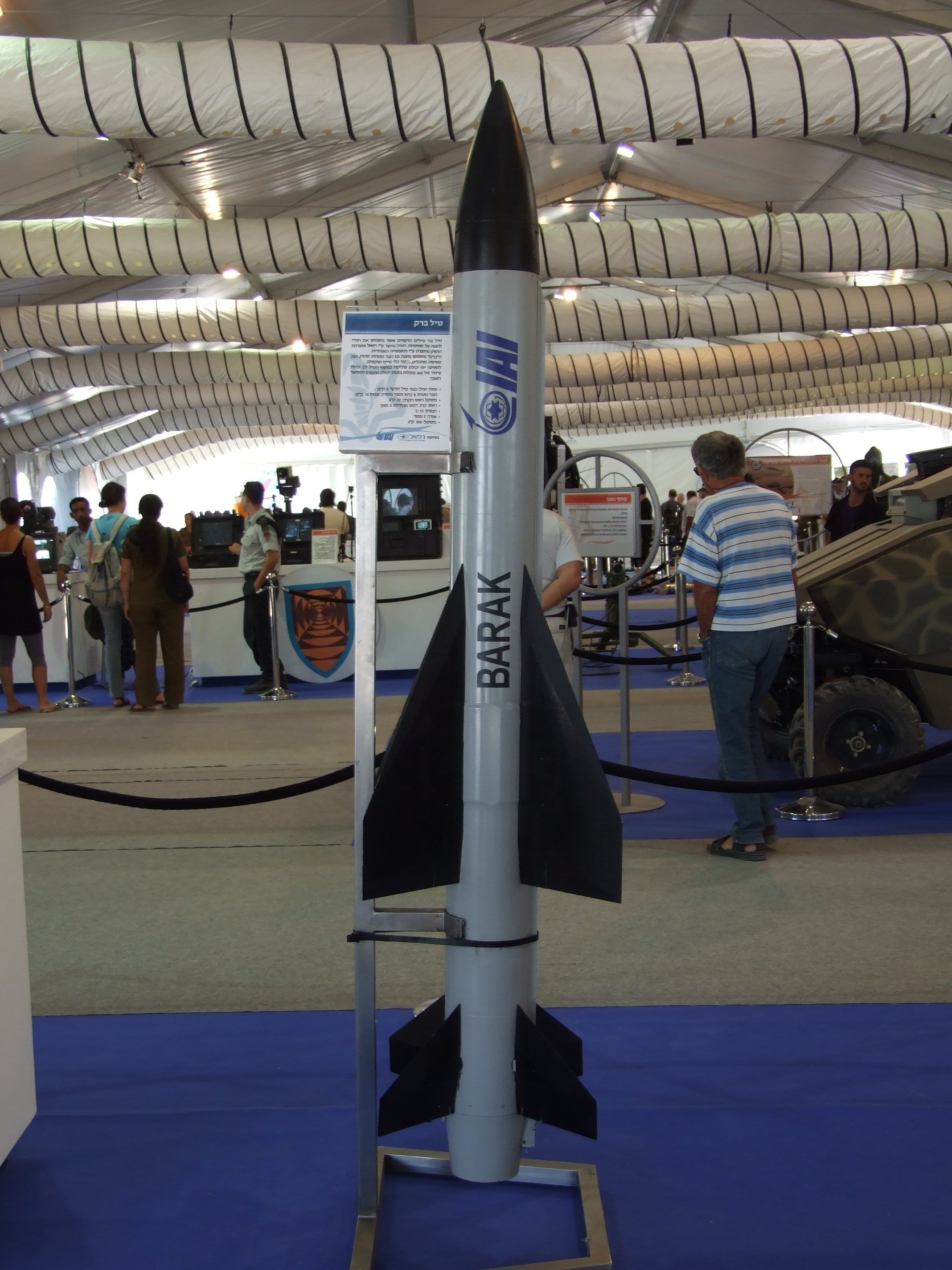Hi everyone!
I've come up with a "self-stabilizing" design that may work well for rockets with forward fins as well as rockets with large mid wings and want to do further testing. I've already made a Lacrosse-ish build using Estes Viking parts and the first launch on 1/2A3 was fantastic and didn't have any nose weight added (future test version to have bigger wings, smaller bt, etc.).

Anyone ever saw some jet or missile design they thought would be great if it could be made into an lp rocket without a ton of nose weight?
One idea for me would be the ME 163 Komet; however that one may be too ambitious.
Life right now is absolutely nuts, but I wanted to get some ideas so I can plan to build next month or so.
I've come up with a "self-stabilizing" design that may work well for rockets with forward fins as well as rockets with large mid wings and want to do further testing. I've already made a Lacrosse-ish build using Estes Viking parts and the first launch on 1/2A3 was fantastic and didn't have any nose weight added (future test version to have bigger wings, smaller bt, etc.).


Anyone ever saw some jet or missile design they thought would be great if it could be made into an lp rocket without a ton of nose weight?
One idea for me would be the ME 163 Komet; however that one may be too ambitious.
Life right now is absolutely nuts, but I wanted to get some ideas so I can plan to build next month or so.
Last edited:













